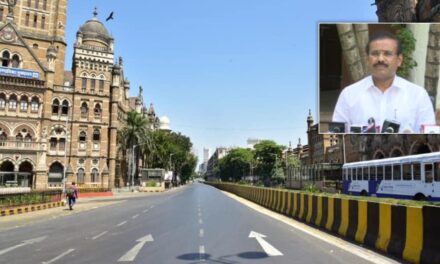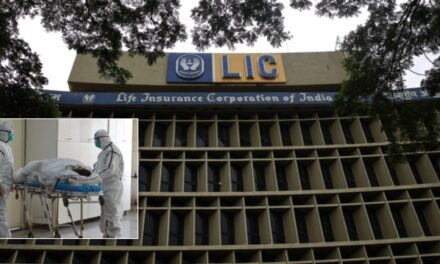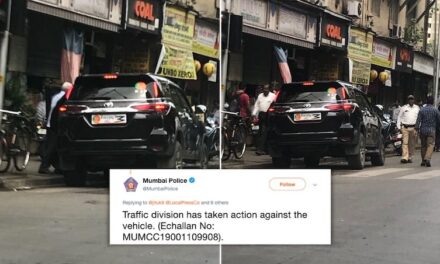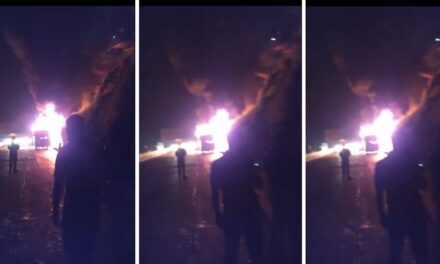
Video: Cable operators protest outside Star TV’s office in Lower Parel
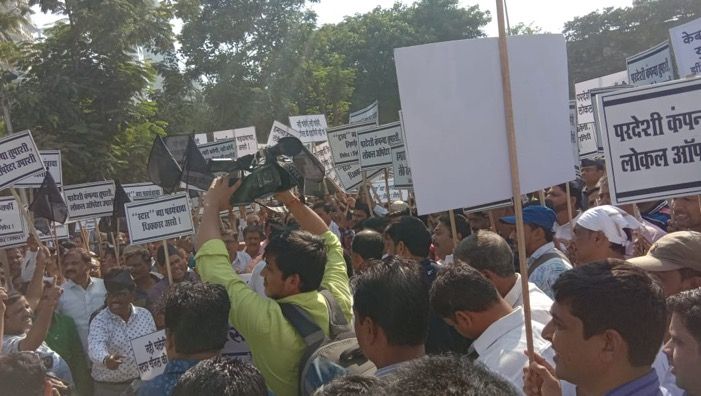

The cable operators have targeted Star TV over their alleged refusal to meet and negotiate with them
Following yesterday’s three hour blackout, a faction of city-based cable operators were seen holding a protest outside the office of Star India Private Limited in Mumbai’s Lower Parel area on Friday afternoon.
Around 150-200 people, including cable operators and members of MNS Cable Sena, marched and gathered outside Star’s office in Urmi Estate on Ganpatrao Kadam Marg in Lower Parel around 3 pm today.
The protesters blocked the building’s entrance, forcing office workers to stay put inside for over an hour.
“Protest against Star TV in Lower Parel. All the employees are stuck inside after one hour of protest. For god’s sake can we all go home now,” one of the affected employees wrote on social media.
The agitators held anti-Star TV banners and engaged in sloganeering amid police presence. However, no untoward incident was reported as of publishing this report.
Just yesterday, cable operators from across the city had gone off air between 7 to 10 pm to protest against the recent Telecom Regulatory Authority of India (TRAI) order that allows customers to cherry pick and pay for the channels they want to see.
Cable Operator and Distributors’ Association (CODA) has opposed the order, which will come into effect from December 29, as it drastically affects the way consumers will pay for cable services in the city and country.
At present, consumers pay around Rs 350 to access about 400 or so channels. However, under the new system, they will get 100 free to air channels at Rs 120, and will have to individually subscribe for paid channels at their per month retail prices (MRP).
The Rs 120 network capacity fee (NCF) will be split between the multi-service operators (MSO) and local cable operators (LCO), with no share going to the broadcaster.
However, for the paid channels, the broadcaster will get the lion’s share of up to 80 percent and the rest will be shared between the MSO and LCO.
Given that consumers would only want to pay for select channels to keep their cost down, both broadcasters and cable operators have opposed the move fearing loss in revenue.
“The cable operators must get 40 percent and the remaining 60 percent should be divided between the broadcaster and the MSO,” said CODA chief and Sena legislator Anil Parab.
As for boycotting Star TV in particular, Parab added that it was due to the broadcaster’s alleged refusal to meet and negotiate with cable operators
“All the broadcasters except Star are in communication with us and are willing to sit across the table to iron out differences,” Maharashtra Cable Operators’ Federation committee member Asif Syed had told IndianTelevision.com yesterday.




